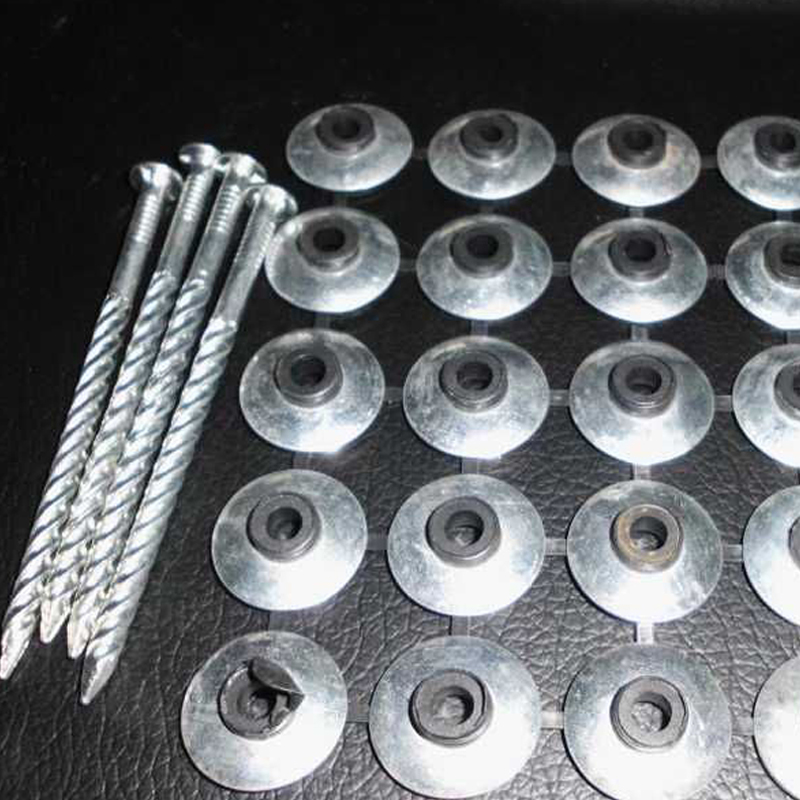Decorative Perforated Sheet A Versatile Design Element
Decorative perforated sheets have emerged as a popular choice in modern architecture and interior design, offering both aesthetic appeal and functional benefits. These sheets, characterized by a series of holes or patterns punched into a flat sheet of material, can transform mundane surfaces into striking visual elements, serving various practical purposes in the process.
One of the primary attractions of decorative perforated sheets is their versatility. They can be made from various materials, including metal, plastic, and wood, allowing designers to choose an option that best fits their project requirements. Metal perforated sheets, for example, are highly durable and resistant to weathering, making them ideal for outdoor applications such as facades, privacy screens, and architectural accents. On the other hand, perforated wood sheets can create a warm, natural ambiance, perfect for indoor environments like restaurants, offices, or retail spaces.
The aesthetic charm of perforated sheets lies in their ability to play with light and shadow. The patterns created by the perforations can cast intriguing shadows, adding depth and dynamism to a space. Light can filter through these sheets, creating a captivating interplay between illuminated and shaded areas. This characteristic makes them an excellent choice for light fixtures, room dividers, and decorative wall panels, where the design can evolve throughout the day as natural sunlight changes.
decorative perforated sheet

In addition to their visual appeal, decorative perforated sheets also provide functional benefits. They can enhance ventilation and airflow, making them practical choices for applications such as ventilation grilles and acoustic panels. In environments where noise reduction is essential, specially designed perforated sheets can help absorb sound while maintaining a stylish look. This dual functionality allows designers to create spaces that are not only beautiful but also comfortable and efficient.
Another significant advantage of decorative perforated sheets is their ease of maintenance. Unlike other decorative elements, which may require regular upkeep, perforated sheets can be easily cleaned and are resistant to rust and corrosion, particularly when made from treated metals. This durability ensures that they maintain their aesthetic value over time, providing a long-lasting design solution.
Furthermore, the use of decorative perforated sheets can contribute to sustainability. Many manufacturers use recycled materials in their production, aligning with eco-friendly practices and an increased demand for sustainable design solutions. Additionally, by incorporating these sheets into building designs, architects can improve energy efficiency, as they allow for better air circulation and reduce the need for artificial cooling systems.
In conclusion, decorative perforated sheets are a dynamic and multifaceted design element that adds both beauty and functionality to a wide range of applications. Their versatility, aesthetic appeal, ease of maintenance, and potential for sustainable design make them a standout choice for architects and designers looking to create innovative environments. As trends in architecture and design continue to evolve, decorative perforated sheets will undoubtedly remain a staple in creating engaging and efficient spaces.

















